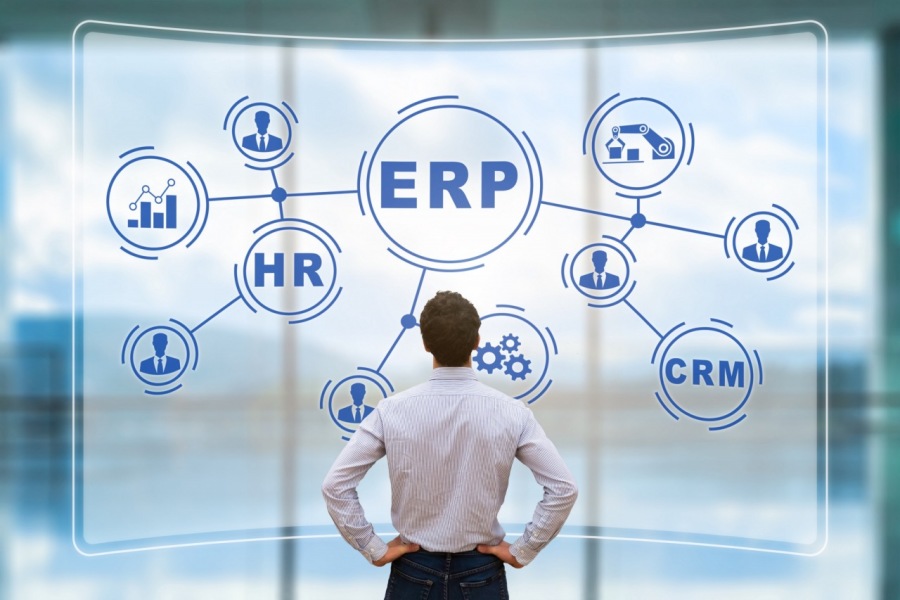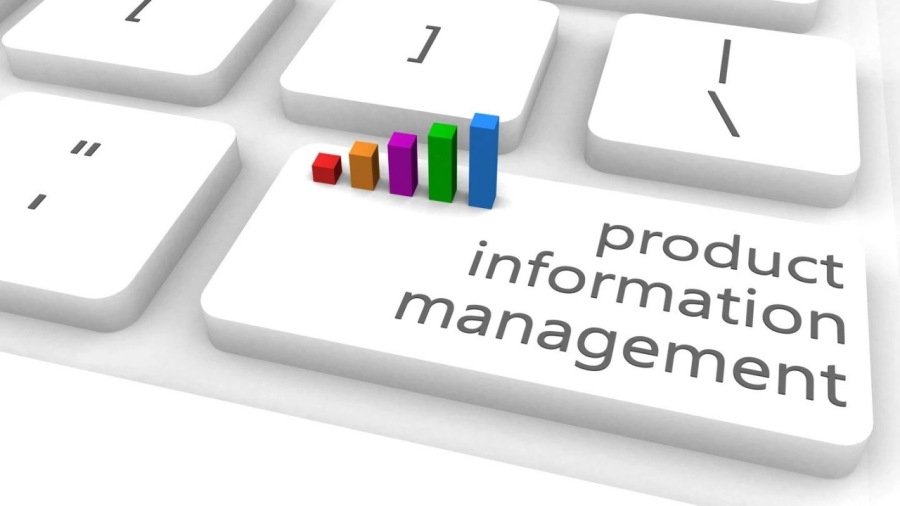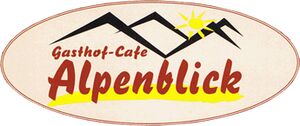PIM vs ERP: What is the Difference
Product managers need to orchestrate the development of the product roadmap and go-to-market strategies to exploit these opportunities. This means that your product data, in addition to being well maintained, needs maximum integration across the entire value chain. After all, business success banks on real-time visibility of data and communication. In data, we trust; but more importantly, in the practice of “One organization. One dataset.”

While marketers need all kinds of data — demographic, industry benchmarking, performance, and product — other business units rely on niche data sets that contribute to operational efficiency. For instance, supply chain decision-makers require real-time information on the inbound and outbound resources, such as procurement, vendors, logistics, inventory, material management, and product data. This overlapping of business data and the interdependency between the various functions is crucial for an efficient and effective product delivery strategy. Integration is key. A highly integrated setup of PIM and ERP systems can ensure there is no redundancy or information mismatch, and decision-makers draw data from a collated pool.
What is PIM?
A repository of all product-related data, product information management (PIM) helps businesses to gather, enrich, manage, and distribute product information digitally. There is more to a product than its name and price, i.e., metadata such as its form factor, dimensions, material, color, model number, care instructions, and category that needs to be documented before disseminating to distribution channels like websites, catalogs, etc. A PIM system drives time-to-market efficiency in today’s e-commerce retail experiences.
- Stakeholders involved: Product managers, engineers, R&D, product design, CRM, sales & marketing
- Data feed: Product description and metadata
- Output: Catalogs for distribution channels
What is ERP?
Enterprise resource planning (ERP) is an integrated system that connects procurement, manufacturing, warehouse management, order processing, and logistics. ERP is used to track and monitor the various moving parts of production and distribution; for instance, the material management team can forecast and replenish their stocks from vendors.
- Stakeholders involved: Procurement, inventory managers, supply chain, finance, CRM, manufacturing, HR, sales, and marketing
- Data feed: Resource, financial, e-commerce, and product data
- Output: Centralized interface for the integrated data sets
The Clear Distinction Between the Two
The overlapping nature between a PIM and ERP often poses questions like “If my business already has an ERP, then why should I invest in a PIM?” To answer such questions, let us see how different these two are from each other. An ERP goes higher up in the business function hierarchy as it deals with both inbound and outbound resources, which is the product itself. Although a PIM system explores use cases of bidirectional communication, such as when integrated with CRM tools for customer feedback and the subsequent alterations to products, it is typically used by internal customers. By function, PIM is also more functional by itself, whereas, an ERP is more of an underlying backbone for several critical functions. What an ERP lacks is the ability to be applied to niche areas such as product enhancement. On the other hand, while a PIM has more emphasis on product data, it has lesser visibility into the overall operations. Therefore, a PIM-ERP integration helps you realize the benefits of each and explore how they complement each other by playing to each other’s strengths.
The Overlap Between the Two
Integrating your PIM and ERP systems allows you to bring the best out of a streamlined and consistent business process workflow. While it ensures smoother and more transparent customer communication, there are other benefits to this integration, such as optimizing costs and go-to-market strategies.
The Benefits of This “Overlap”
- Stock Optimization
Demand forecasting data pertaining to those products that demonstrate better traction in the market based on e-commerce and ERP systems can be effectively used for inventory management. For instance, consider Product A is made of materials {x, y, z} and B of materials {p, q, r}; if A sells better in the market, it becomes easier to predict the required stocks of materials x, y, and z as the data is already there. Conversely, stock replenishment of perishables can incur huge losses for businesses. Tighter integration of PIM and ERP systems, coupled with demand forecasting data, helps enterprises procure only those items that are moving well in the market. Additionally, vendor selection for these also becomes much efficient for future production.
- Better Customer Experience
Coherent and unique data also helps in winning customer loyalty and retention. Imagine your CRM feedback loops being integrated with your design and engineering teams; this makes formulating or retrofitting your products with modified entities based on valuable feedback and reviews much efficient. With products that reflect customers’ precise needs and valuable opinions, they always tend to come back to your brands.
- High integrity syndication of product data
While your customers’ opinions matter, your distribution network, suppliers, and other merchants along the retail supply chain may also have experience-based recommendations or suggestions. Product data syndication (PDS) helps you broaden your engineering possibilities beyond the scope of your internal teams. Publishing product data among sell-side partners will help you identify gaps in product design, function, and development, thus enhancing your product’s efficacy through collaborative efforts.
- Optimize cost, time, and quality
Business success at its core boils down to optimizing costs, reducing time-to-market, and enhancing product quality. Integrating your ERP system with PIM completes the circle of data transactions and helps you avoid delays, enrich your product, and decrease your operational costs.
All these contribute to better decision making, and improved customer experiences with savings pocketed on many fronts. While investing in a PIM and ERP by itself could be overwhelming for some businesses, a laundry list of other challenges may crop up during the integration. Open source is the magic silver bullet that counters all these challenges of costs, vendor lock-ins, and simplified customization. At the end of the day, it all comes down to “One Organization. One Dataset.” and establishing transactional channels for communication.
Source: This article has been published on Hubpages
Artikel von Rahul Singh
Blog ansehen
A sound MDM solution can help supply-chain managers to achieve data completeness, consistency, coher ...

A decade ago, an organization could have just created an online store, displayed its catalogue on th ...

Open-source PIM software offers multitudes of other benefits, which goes a long way in helping busin ...
Diese Stellen könnten Sie interessieren
-

Няня, гувернантка
Gefunden in: beBee S2 AT - vor 1 Tag
ФОП Наталія Ільіна Відень, Österreich FreiberuflerШукаю няню · Няня в Відні (Klosterneuburg-Weidling, 3400 Klosterneuburg, Австрія) для хлопчика 5 років · Заробітна плата 15 евро в годину (є доплата за переробку по годинам та компенсація за авто) · Вимоги: · Досвід няні-гувернантки не менше 3-4 років · Знання методів навчання/р ...
-

Lehrling (m/w) Restaurantfachmann
Gefunden in: Aubi AT C2 - vor 5 Tagen
Gasthof Alpenblick Mittelberg, ÖsterreichWir bilden in einem Dualen Ausbildungssystem aus, das heißt: · 2 Monate im Jahr Berufsschule, 8,5 Monate arbeiten im Betrieb und 6 Wochen Urlaub. · Sie erlernen bei uns alle Serviertechniken und alles was im Halbpensionsbereich so wie in einem Ala carte Restaurant wichtig ist . · ...
-
Wir suchen: Sommerverstärkung Zustellerin
Gefunden in: Talent AT 2A C2 - vor 5 Tagen
Österreichische Post AG Graz, Österreich GanztagsDas sind wirSchlechtes Wetter gibt es in deinem Wortschatz nicht und du schätzt Freiraum bei deiner täglichen Arbeit? Dann bist du bei uns genau richtig.Egal ob Geburtstagsgrüße oder Rechnungen, als Zusteller*in bist du dafür verantwortlich, dass Sendungen bei unseren Kund*innen ...

Kommentare